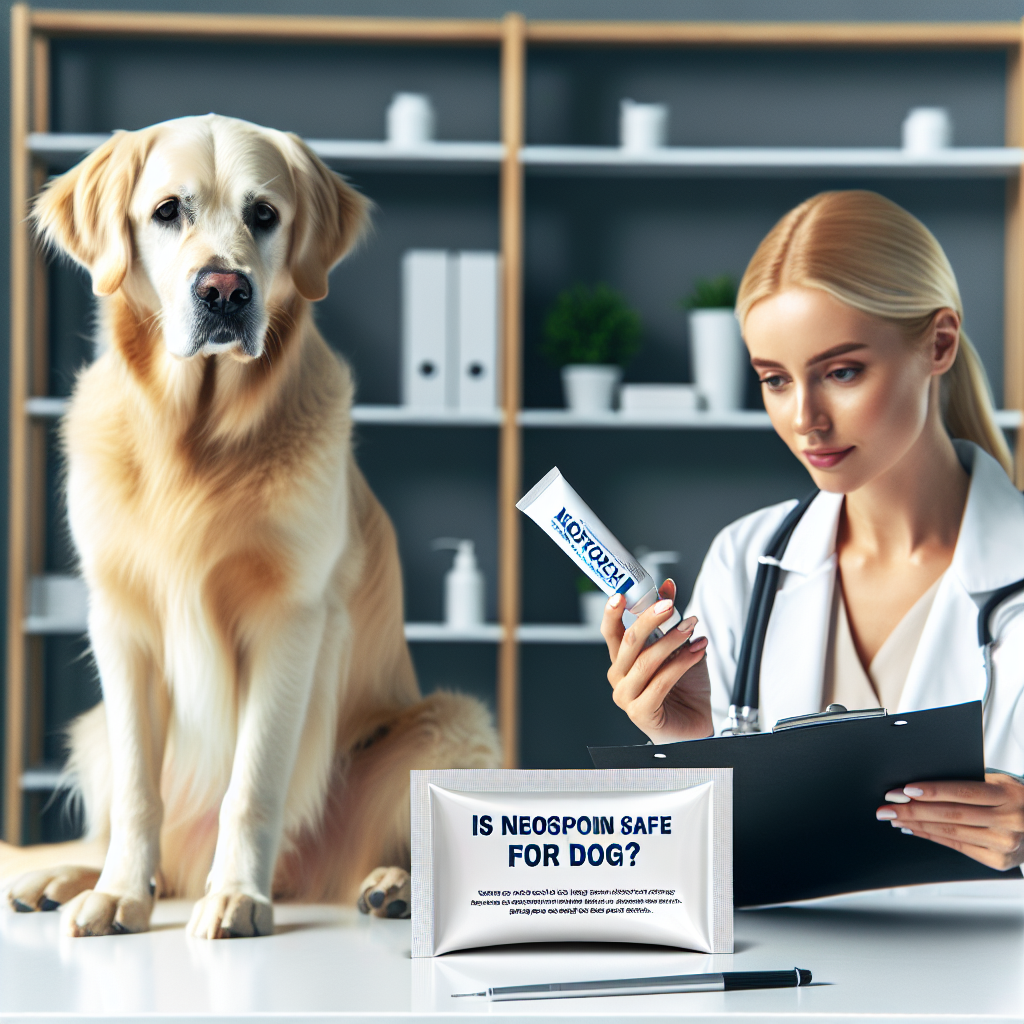Is Neosporin Safe for Dogs?
When it comes to caring for our furry friends, it’s essential to ensure that we are using safe and effective treatments for any injuries or skin issues they may experience. Neosporin, a common over-the-counter antibiotic ointment, is often found in many households and is known for its effectiveness in treating minor cuts, scrapes, and burns in humans. But when it comes to our dogs, is Neosporin safe to use?
What is Neosporin?
Neosporin is a topical antibiotic ointment that typically contains three key ingredients: bacitracin, neomycin, and polymyxin B. These ingredients work together to prevent bacterial infections in minor cuts and abrasions. The ointment is designed for external use and is a staple in many first aid kits for people.
Is Neosporin Safe for Dogs?
The short answer is: Neosporin can be safe for dogs when used in moderation and under certain conditions. Here are some factors to consider:
-
Ingredient Sensitivity: While the active ingredients in Neosporin are generally considered safe for dogs, some pups may have sensitivities or allergies to one or more components. Neomycin, in particular, is known to cause allergic reactions in some animals. If your dog has a history of skin issues or allergies, consult your veterinarian before applying any ointment.
-
Topical Use: Neosporin is intended for external use only. It’s important to ensure that your dog does not lick or ingest the ointment, as it can cause gastrointestinal upset. If your dog has a tendency to chew or lick their wounds, you may need to use an Elizabethan collar (cone) to prevent them from accessing the area.
-
Type and Severity of Wound: Neosporin is best suited for minor cuts, scrapes, and abrasions. If your dog has a deep wound, a puncture, or a significant injury, it’s crucial to seek veterinary care. In such cases, professional treatment may be necessary to prevent infection and facilitate proper healing.
-
Alternative Options: There are dog-specific topical antibiotics available on the market that can be safer and more effective for managing minor skin injuries in pets. These products are formulated specifically for animals and may come with ingredients that are less likely to induce allergic reactions or other side effects.
- Veterinary Advice: Before using any medication or ointment on your dog, it’s always best practice to consult with your veterinarian. They can provide guidance on safe treatments based on your dog’s unique health needs and condition.
How to Properly Use Neosporin for Dogs
If your veterinarian approves the use of Neosporin for your dog’s minor skin injury, here are the steps you should follow:
-
Clean the Wound: Gently clean the affected area with mild soap and warm water. Pat it dry with a clean towel.
-
Apply a Thin Layer: Use a cotton swab or your clean finger to apply a thin layer of Neosporin to the wound. Avoid using too much ointment, as it can trap moisture and bacteria.
-
Prevent Licking: To prevent your dog from licking off the ointment, consider using a cone or distracting them with toys or treats.
-
Monitor for Reactions: Keep an eye on the wound for any signs of infection or adverse reactions. If you notice increased redness, swelling, or discharge, contact your veterinarian.
- Limit Access: Allow the skin to heal gradually while preventing your dog from irritating the wound further.
Conclusion
In summary, while Neosporin can be a helpful first-aid solution for minor cuts and scrapes on dogs, it comes with its own set of precautions and considerations. Always consult your veterinarian before applying any topical treatments to your pet to ensure their safety and well-being. For a dog’s optimal health, understanding the correct way to treat their injuries with professional guidance is always the best approach.




